According to information from the Vietnam Trade Office in Brazil, the Brazilian Official Gazette recently published an announcement from the Brazilian Ministry of Agriculture and Livestock on the official revocation of the import suspension order. tilapia of Vietnam.
Previously, in February 2024, the Brazilian Ministry of Agriculture and Livestock (MAPA) decided to temporarily suspend the import of tilapia from Vietnam to re-evaluate the current health quarantine procedures in response to the potential risk of infection with Tilapia tilapinevirus (TiLV) - a contagious and infectious disease in tilapia. Accordingly, the suspension will be implemented from February 14 until the conclusion of the risk assessment of TiLV virus disease.
Decision Vietnam lifts ban on tilapia imports was launched within the framework of Brazilian President Luiz Inácio Lula da Silva's visit to Vietnam from March 27-29.
During the visit, the two sides signed an Action Plan to implement the Strategic Partnership for the period 2025-2030. In particular, Vietnam decided to open its market to Brazilian beef. On the other hand, Brazil lifted the ban on tilapia and opened its market to some types of shrimp, tra and basa fish as soon as possible according to international standards.
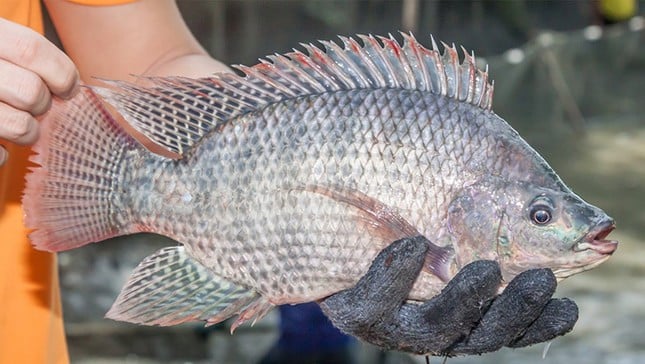
The official lifting of the order import suspension Vietnamese tilapia brings many opportunities for seafood exporting enterprises. Thereby, gradually balancing the trade balance and aiming to bring bilateral trade turnover to 15 billion USD by 2030.
The Brazilian Ministry of Agriculture and Livestock affirmed that the announcement to lift the suspension of Vietnamese tilapia imports "does not affect the high standards of national health defense."
Based on the Import Risk Analysis (ARI) conducted following domestic industry alerts in 2024 regarding the potential introduction of TiLV through imports, MAPA concluded that the risk of importing tilapia fillets is negligible, as the potential for exposure is considered negligible and for whole fish, the potential for exposure is very low and management measures are generally in place.
The Vietnam Trade Office in Brazil recommends that completing technical issues to open the market is just the beginning, the seafood processing facilities on the List export To go to Brazil, it is necessary to proactively update, research and organize proper implementation of regulations in the process of producing, processing seafood and exporting seafood products to the Brazilian market.
Talking about Vietnam's tilapia export potential, Mr. Nguyen Hoai Nam - General Secretary of the Vietnam Association of Seafood Exporters and Producers (VASEP) - said that in 2024, global tilapia output will reach about 7 million tons, expected to reach 7.3 million tons in 2025.
In the first quarter of this year alone, Vietnam's tilapia exports reached about 14 million USD, an increase of 131% over the same period, of which the main import markets were the US, Russia, Belgium, South Korea, Japan, Mexico and Taiwan (China).
According to the Department of Fisheries, in the second quarter, the Department will deploy improved farming models, reduce feed conversion ratio, increase survival rate and economic efficiency.
The aquaculture industry aims to expand tilapia farming not only in ponds but also in reservoirs. Farmers are encouraged to apply advanced technology to increase productivity, reduce pollution and diseases. At the same time, it is necessary to plan farming areas reasonably, control quality and prevent diseases strictly.
According to the Vietnam Fisheries Development Strategy to 2030, vision to 2045, tilapia is identified as a potential farming species. The goal by 2030 is to achieve an output of 400,000 tons, making tilapia the second largest freshwater fish export after pangasius, contributing to product diversification and reducing dependence on a number of key commodities.
Source: https://baoquangninh.vn/car-ro-phi-viet-nam-tai-xuat-o-brazil-3356645.html


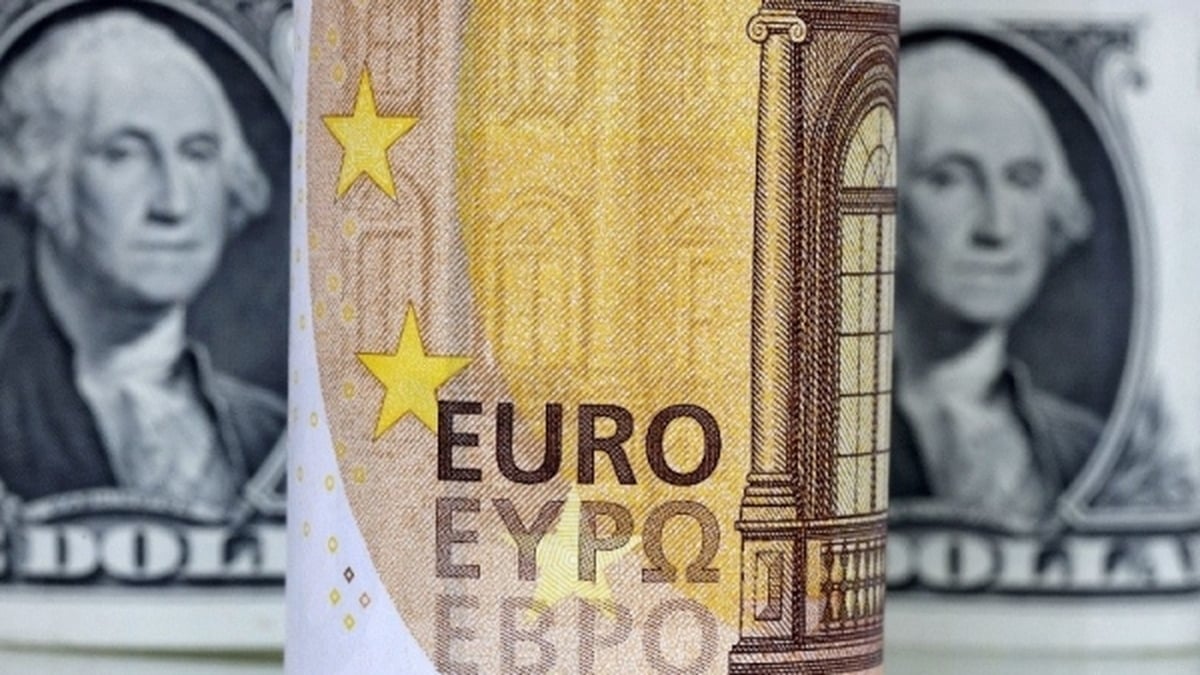
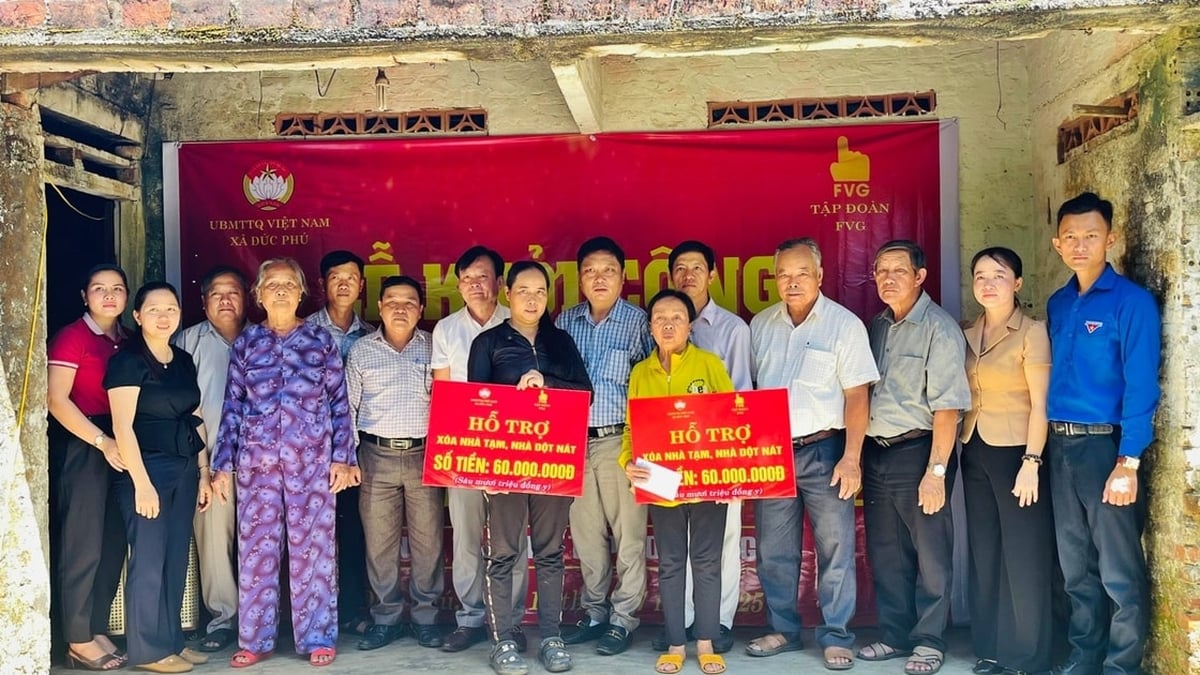


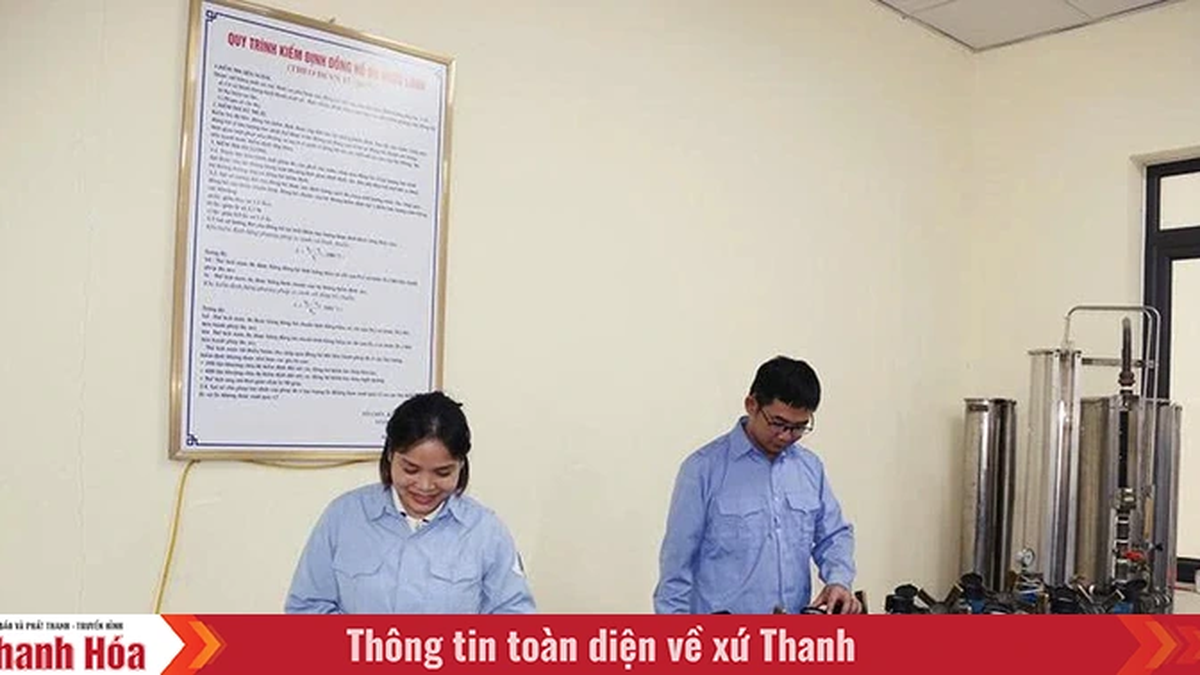
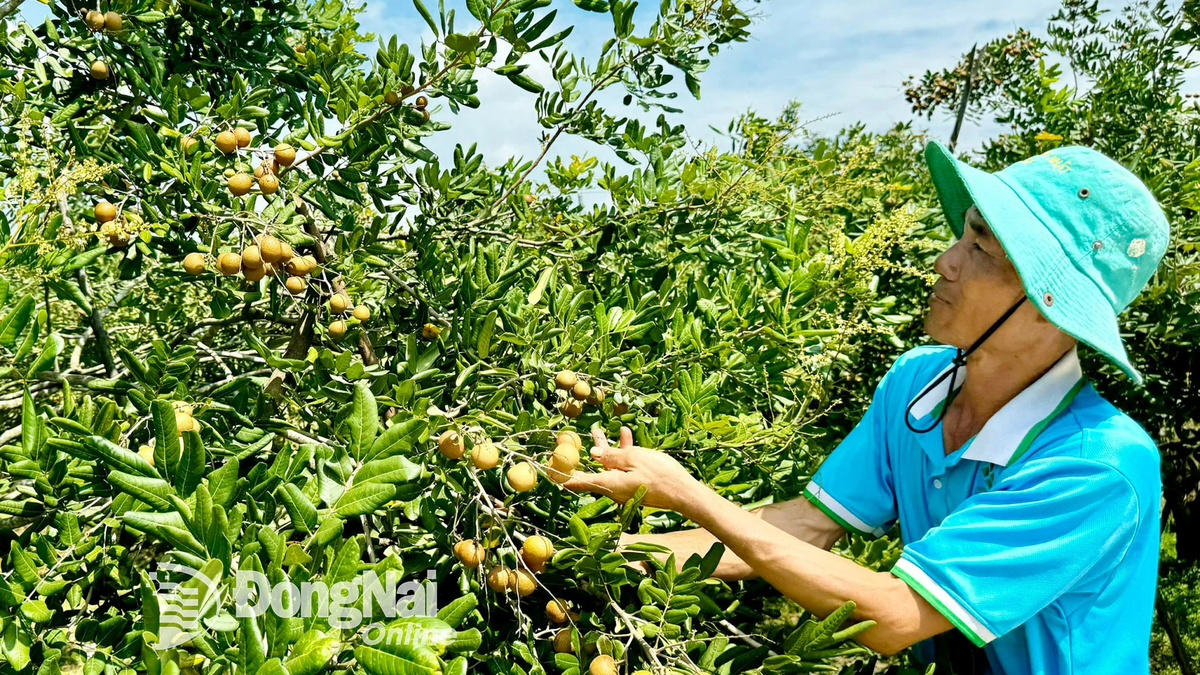
















![[Photo] National Assembly Chairman attends the seminar "Building and operating an international financial center and recommendations for Vietnam"](https://vphoto.vietnam.vn/thumb/1200x675/vietnam/resource/IMAGE/2025/7/28/76393436936e457db31ec84433289f72)








































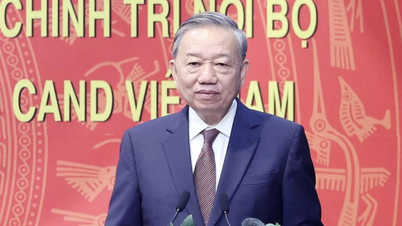
























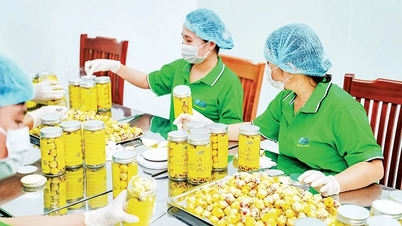










Comment (0)